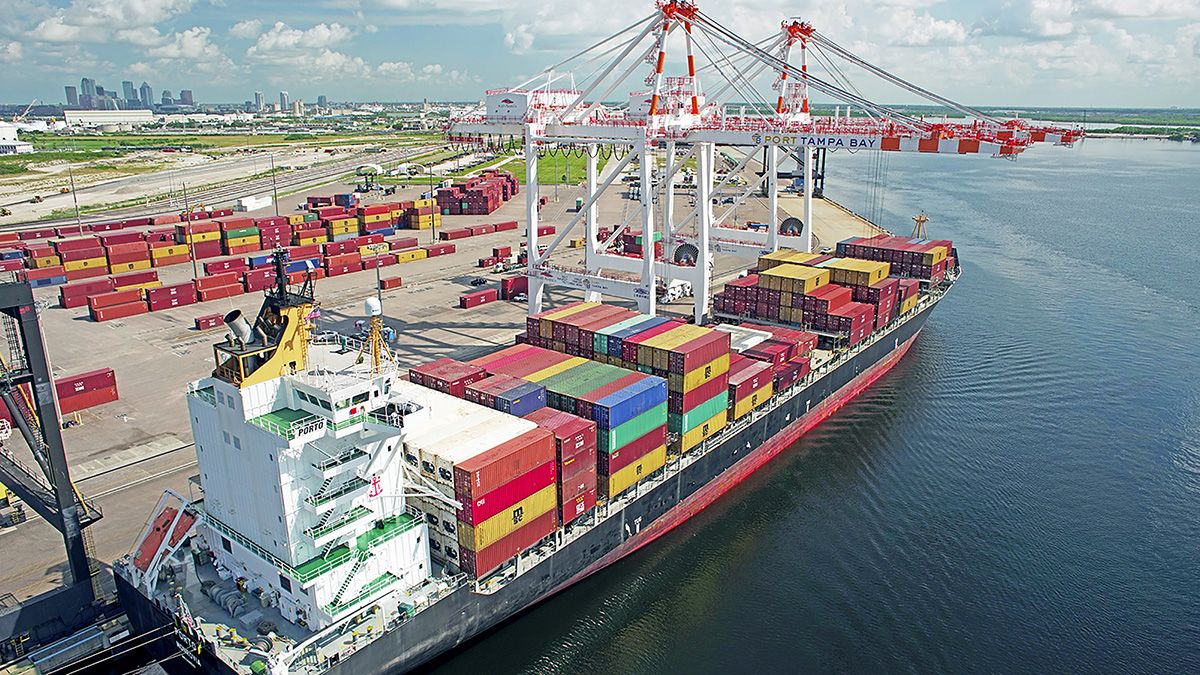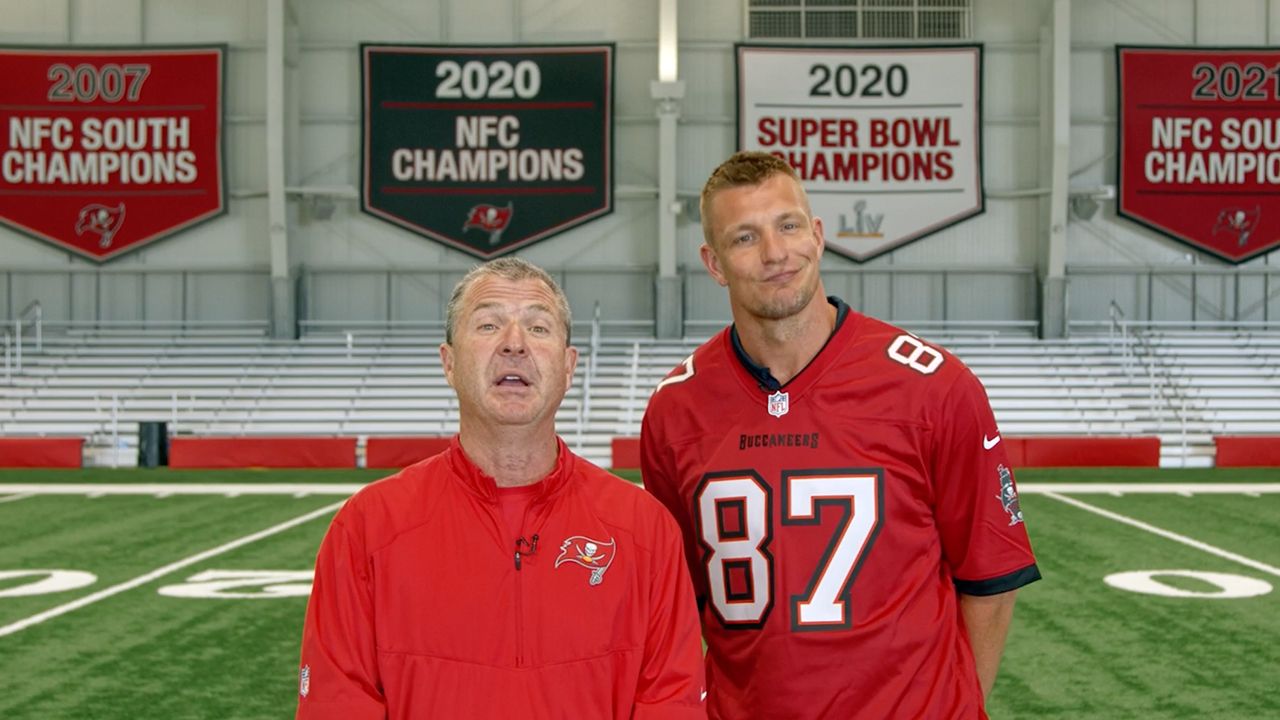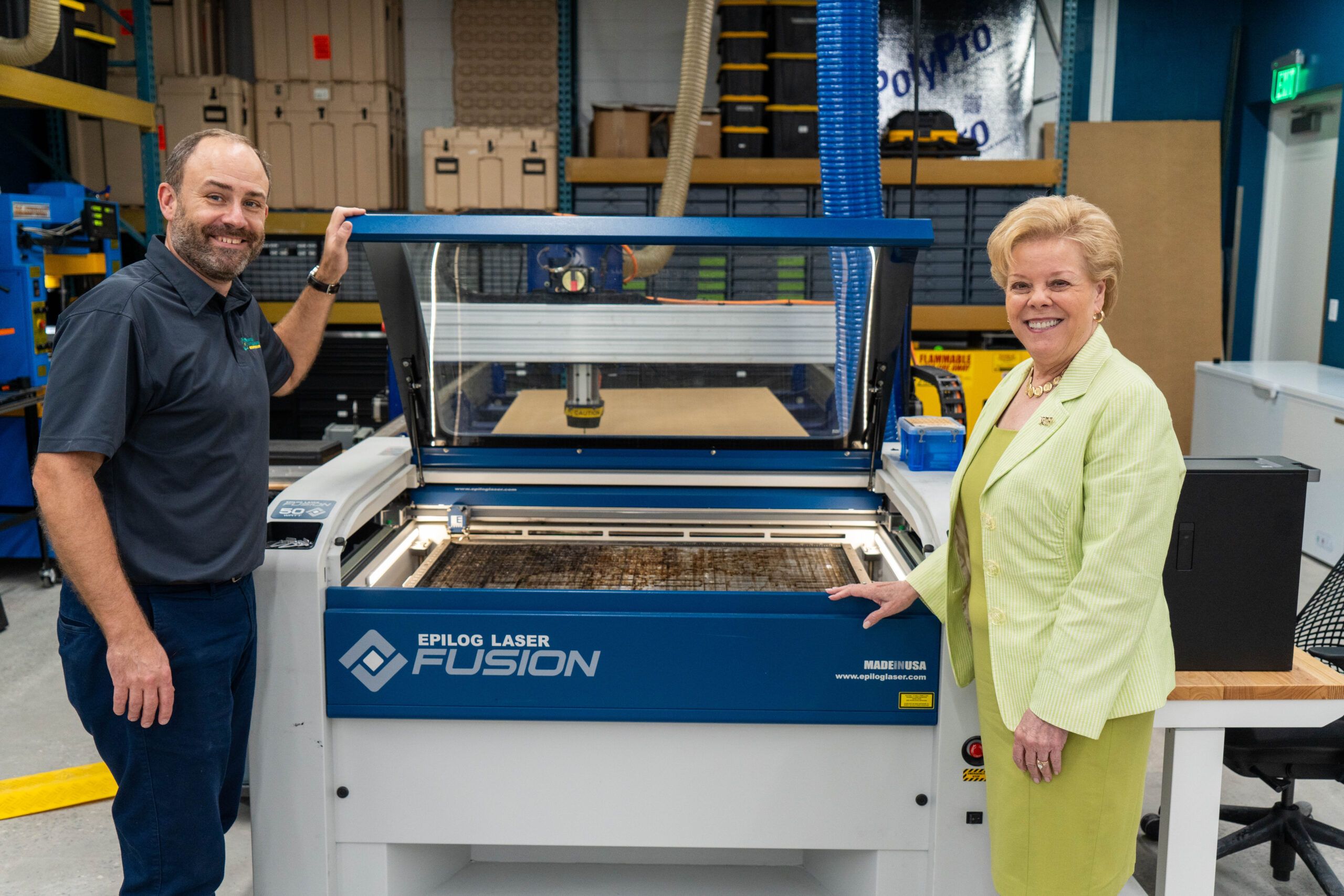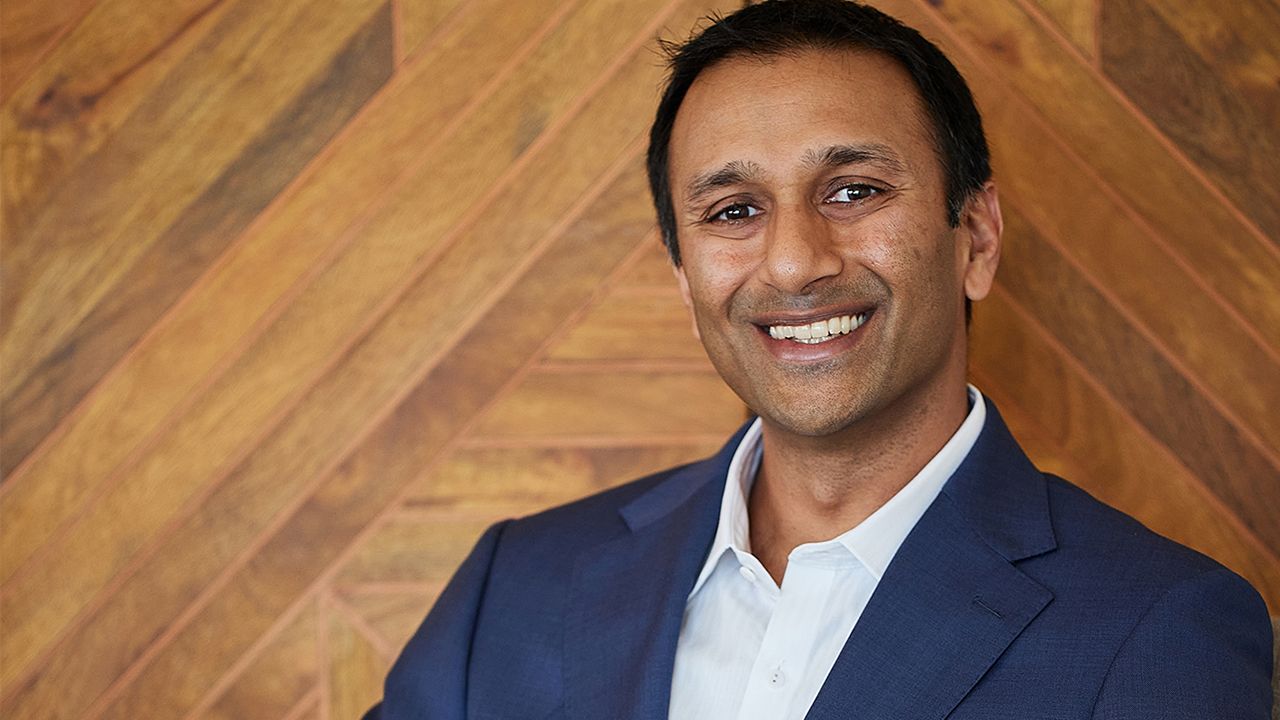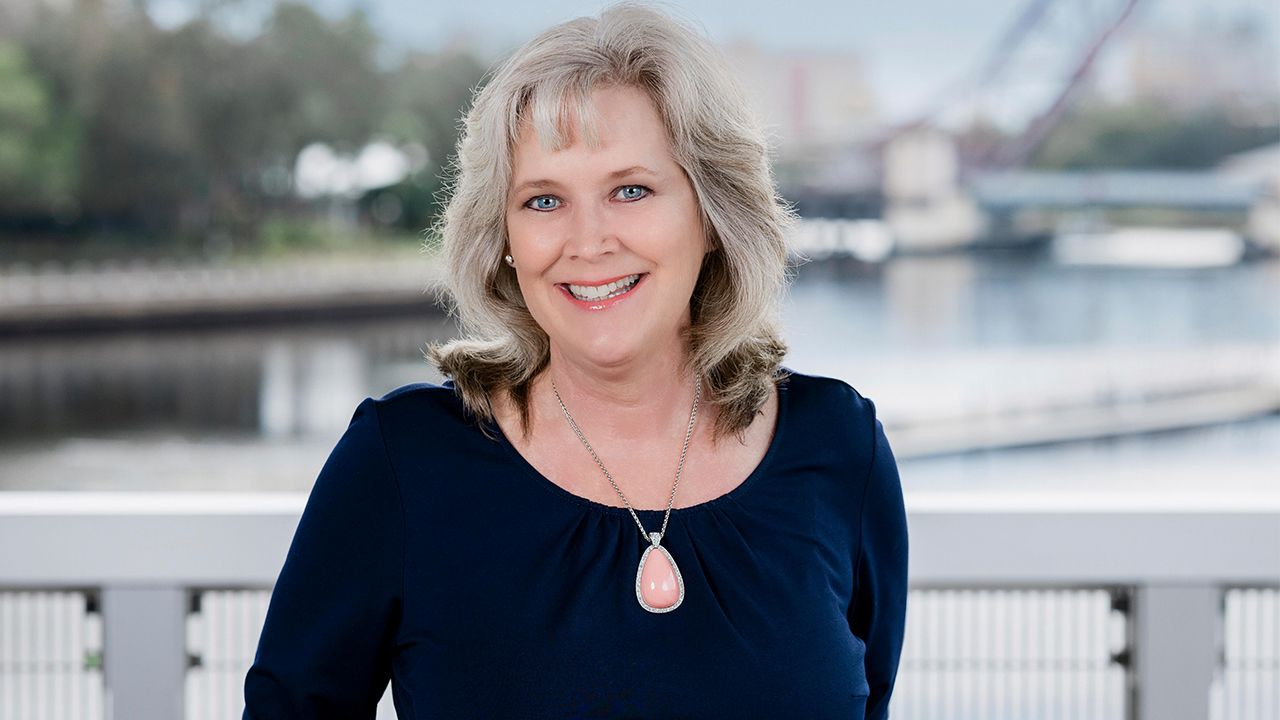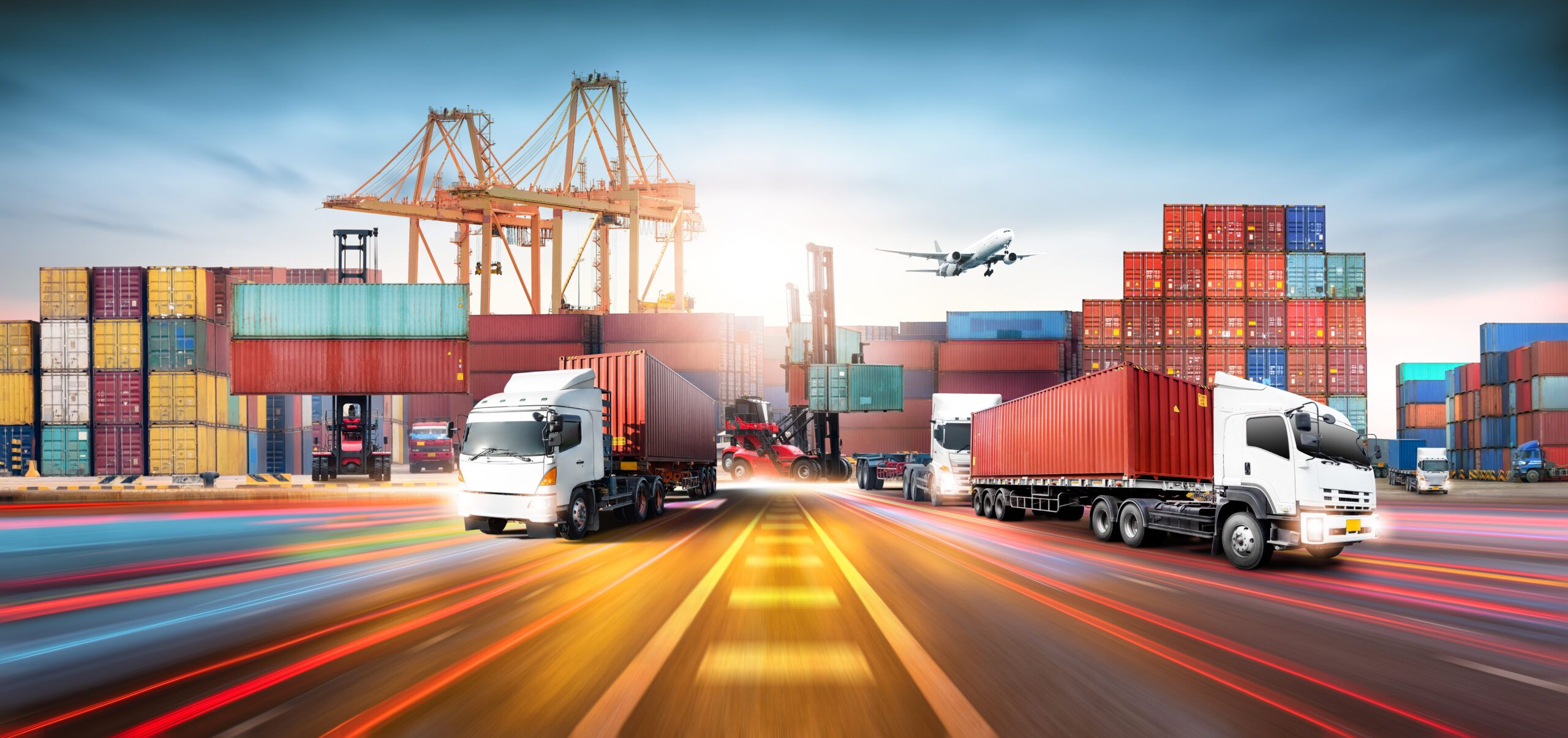The statistics speak for themselves: 85,000 direct and indirect jobs, 34 million tons of cargo a year, operating revenue of nearly $60 million, 1 million cruise passengers in 2018, and a footprint that encompasses more than 5,000 acres. Port Tampa Bay is Florida’s largest port by tonnage and land, and the region’s biggest economic engine.
The port’s ongoing mission is to expand its economic impact and sustainable job growth to benefit the entire region. Already, 2019 is looking like it will be a banner year, meeting or exceeding those goals.
Nearly 20 years ago, the port sought to attract larger ships and more tenants by widening and deepening shipping channels just south of Gibsonton near Port Redwing. Thanks to a collaborative effort with the U.S. Army Corps of Engineers, the Florida Department of Transportation, private-sector partners TECO and Mosaic as well as other port tenants, and the Tampa Bay Pilots Association, the Big Bend Channel Expansion Project is scheduled for completion this year.
Economic Impact
The economic impact of welcoming bigger ships from around the globe is also hitting home for Port Tampa Bay’s expanding container business. The port recently confirmed it will add a direct-from-Asia weekly container service that began in January.
The first to arrive is a new service by COSCO Shipping, one of the largest container companies in the world, which will see cargo move from four ports in China, across the Pacific Ocean, through the Panama Canal, and now to Port Tampa Bay. Port officials expect the container business to quadruple by 2030. Port officials believe this is just the beginning. In fact, a leading global container carrier and the largest in the Transpacific trade, CMA CGM, just announced they are also adding Port Tampa Bay to their Pacific Express PEX3 service.
“This new service will be a game-changer for importers and exporters given the very fast transit times to and from China,” says Raul Alfonso, chief commercial officer for Port Tampa Bay. “The [Interstate] 4 corridor is home to Florida’s largest concentration of distribution centers, and our close proximity means significant savings in truck delivery costs by having these containers unloaded at Port Tampa Bay.”
Another recent development for the port was the approval to move Ardent Mills’ flour mill, from land in downtown Tampa that will be redeveloped as part of the Water Street Tampa project to 10 acres at Port Redwing. The 40-year lease includes a provision that Ardent Mills will ship at least 100,000 tons of flour a year through the port.
And that record-setting number of cruise passengers? Port officials don’t see that slowing down any time soon, and they expect to welcome more than 1 million passengers again this year on major cruise lines that offer a variety of travel choices. Port officials have budgeted more than $10 million in cruise terminal upgrades this year to accommodate the growth.
All of these developments—combined with a relatively new cold-storage warehouse—contribute to the port’s diversification. In fact, Port Tampa Bay is said to be the most diversified port in Florida, and one of the most diversified in the nation, because it handles all major cargo types, including bulk products such as cement, aggregates and petroleum, as well as containers and automobiles. It is one of the world’s leading fertilizer export ports, a leading hub for shipbuilding and repair, and is home to such exporters as Amalie Oil and Tampa Tank/Florida Structural Steel.
“Continued diversification of our lines of business is a key strategic objective. This allows us to weather downturns in any individual commodity and be positioned for new, expanding growth opportunities,” Alfonso says.
Environmental Initiatives
Analysts say the region wouldn’t have a healthy port without healthy waters and shorelines. That’s why port officials say the backbone of its economic progress is its strong environmental initiatives. Officials say a commitment to the environment is not optional—being a good environmental steward includes shoreline stabilization, wetland mitigation, waste cleanup and water quality improvements.
One of the port’s biggest environmental initiatives includes protecting the 18,000 nesting pairs of 16 to 20 bird species that roost on the Alafia Bank Sanctuary (made up of Bird Island and Sunken Island) each year. These two manmade islands were formed from spoil material that came from dredging the channel between the port and the Gulf of Mexico. In partnership with Audubon Florida, which manages the islands, the port has created a special migratory bird protection plan to protect this nesting area, listed by the Florida Fish and Wildlife Conservation Commission as the state’s most important colony, because of its size and species diversity.
Because the port is an industrial area that brings in large quantities of hazardous materials, including refined petroleum products such as gasoline and diesel fuel, officials also list spill prevention as a major environmental goal. To this end, the port works with the U.S. Coast Guard, the Tampa Bay Spill Committee and other groups to regulate itself, improve emergency response readiness and implement technology to help harbor pilots safely navigate the channel.
To ensure top status for years to come, port officials point to its “Vision 2030” plan, which provides a strategic, market-driven roadmap for planning, rehabilitating, modernizing, expanding, and managing the port’s terminals.
The plan outlines seven areas for success, including helping to supply Central Florida’s energy needs, pursuing trade opportunities arising from Panama Canal expansion, and optimizing cruise capabilities.♦



